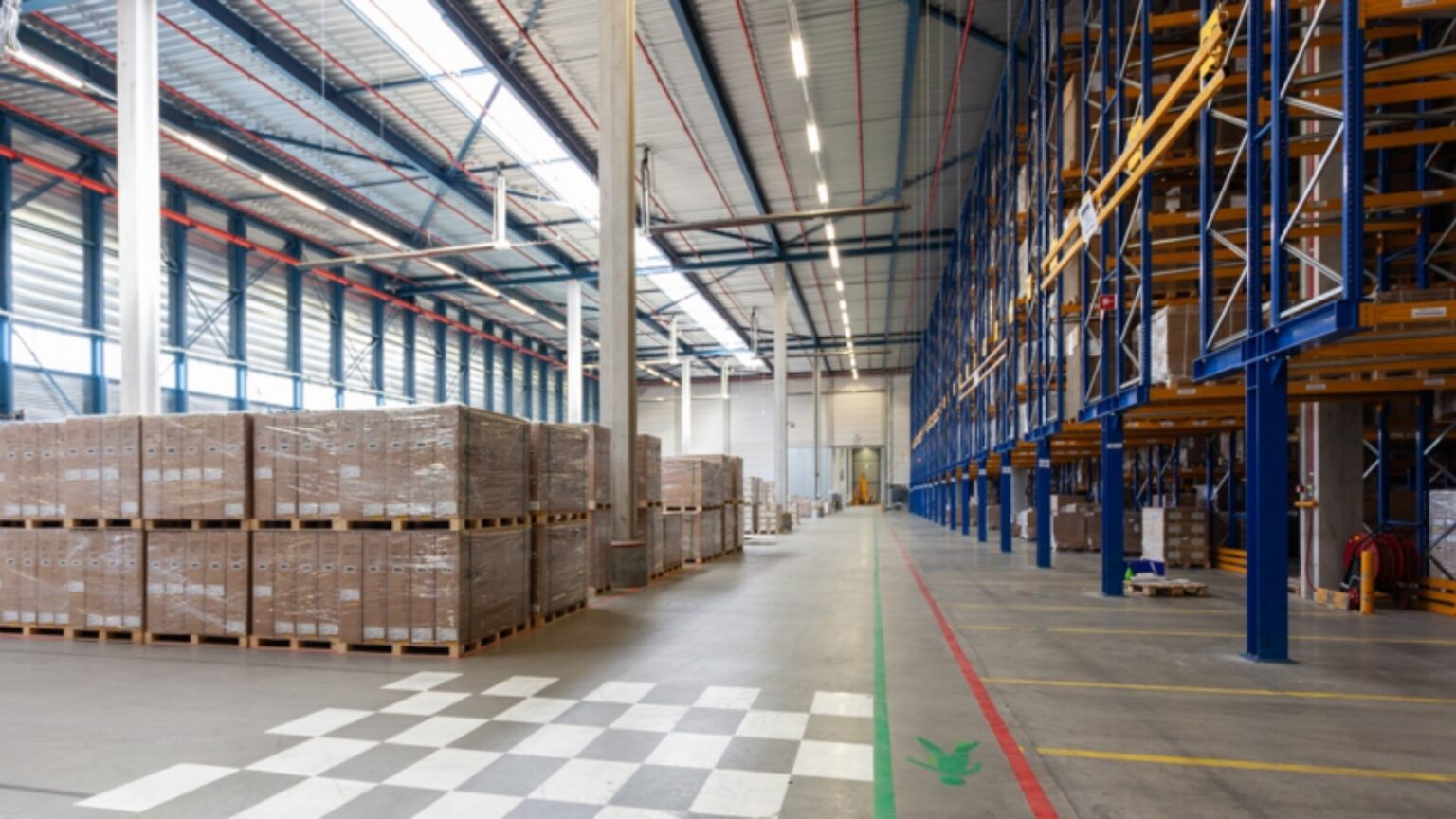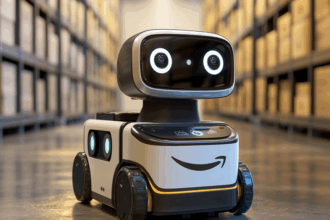Inventory traceability in warehousing has become crucial in today’s fast-paced world. AI and automation play a significant role in transforming how industries manage inventory, making operations faster, more accurate, and reliable. From robots handling inventory to real-time data tracking, let’s explore how these technologies are enhancing inventory traceability and reshaping modern warehousing.
Understanding Inventory Traceability in Warehousing
In warehousing, inventory traceability ensures that every product’s journey is carefully monitored—from arrival to storage and final distribution. By tracking goods at each stage, businesses gain insights that help reduce losses, improve stock accuracy, and streamline their supply chains. Efficient traceability has become essential to maintaining a competitive edge, especially with AI and automation offering advanced solutions.
The Role of AI and Automation in Warehousing
AI and automation are complementary forces. Automation handles repetitive, rule-based tasks without the need for manual intervention. AI, on the other hand, processes large amounts of data, learns patterns, and provides actionable insights. Together, they create a powerful system that enhances inventory traceability in warehousing. Technologies like robots, AI-driven analytics, and Internet of Things (IoT) devices make tracking smoother and faster.
How AI and Automation Enhance Inventory Traceability in Warehousing
- Increased Accuracy in Inventory Tracking – One major advantage of AI and automation is the improvement in tracking accuracy. Manual tracking can sometimes lead to errors, but AI systems minimize human mistakes by collecting and analyzing data with precision. As a result, businesses can rely on more accurate stock information.
- Real-Time Data Tracking – Real-time tracking is essential in modern warehousing. AI systems utilize RFID tags, barcodes, and IoT sensors to monitor items continuously. This level of transparency allows companies to know exactly where each product is in the supply chain, ultimately boosting efficiency and customer satisfaction.
- Automated Inventory Counting – Robots equipped with cameras and sensors now handle inventory counts, ensuring high accuracy with minimal human involvement. This automation allows warehouses to update inventory counts faster, which means they can respond promptly to any discrepancies or shortages.
- Mobile Integration for Inventory Accessibility – AI makes it possible to integrate inventory data with mobile apps, allowing employees to access information anytime, anywhere. This mobility streamlines decision-making processes, as employees always have up-to-date data on hand.
- Efficient Order Fulfillment – By improving accuracy and reducing manual tasks, AI and automation speed up order fulfillment. Robotic systems handle picking and packing processes quickly and accurately, helping companies meet customer demands faster. This improvement boosts customer satisfaction and strengthens the company’s reputation.
Benefits of AI and Automation for Inventory Traceability in Warehousing
The adoption of AI and automation brings various advantages, from greater accuracy to improved flexibility:
- Higher Efficiency: AI-powered systems can analyze large volumes of data quickly, helping to make decisions faster and reducing delays.
- Reduced Costs: Automation lowers labor costs by handling repetitive tasks, while accurate tracking helps prevent losses.
- Enhanced Productivity: Warehouses with AI and automation experience faster workflows and fewer errors, increasing overall productivity.
Challenges in Implementing AI and Automation
Despite the benefits, some challenges arise when implementing AI and automation for inventory traceability in warehousing:
- Dependence on Technology: Over-reliance on automated systems can lead to disruptions if technology fails. Warehouses need a backup plan to minimize downtime.
- Skill Gap: Implementing AI often requires specialized skills, so companies must invest in training or hiring qualified staff to manage these systems.
- Maintenance Costs: Regular updates and maintenance are essential for automated systems to operate smoothly. However, these needs can add to operational costs.
Final Thoughts
AI and automation have revolutionized inventory traceability in warehousing. By enhancing accuracy, speeding up processes, and providing real-time insights, these technologies improve efficiency across the supply chain. While challenges like technological dependency and skill gaps exist, the advantages far outweigh them. Embracing AI and automation is an essential step for businesses aiming to improve inventory traceability and achieve long-term success in the competitive warehousing industry.







